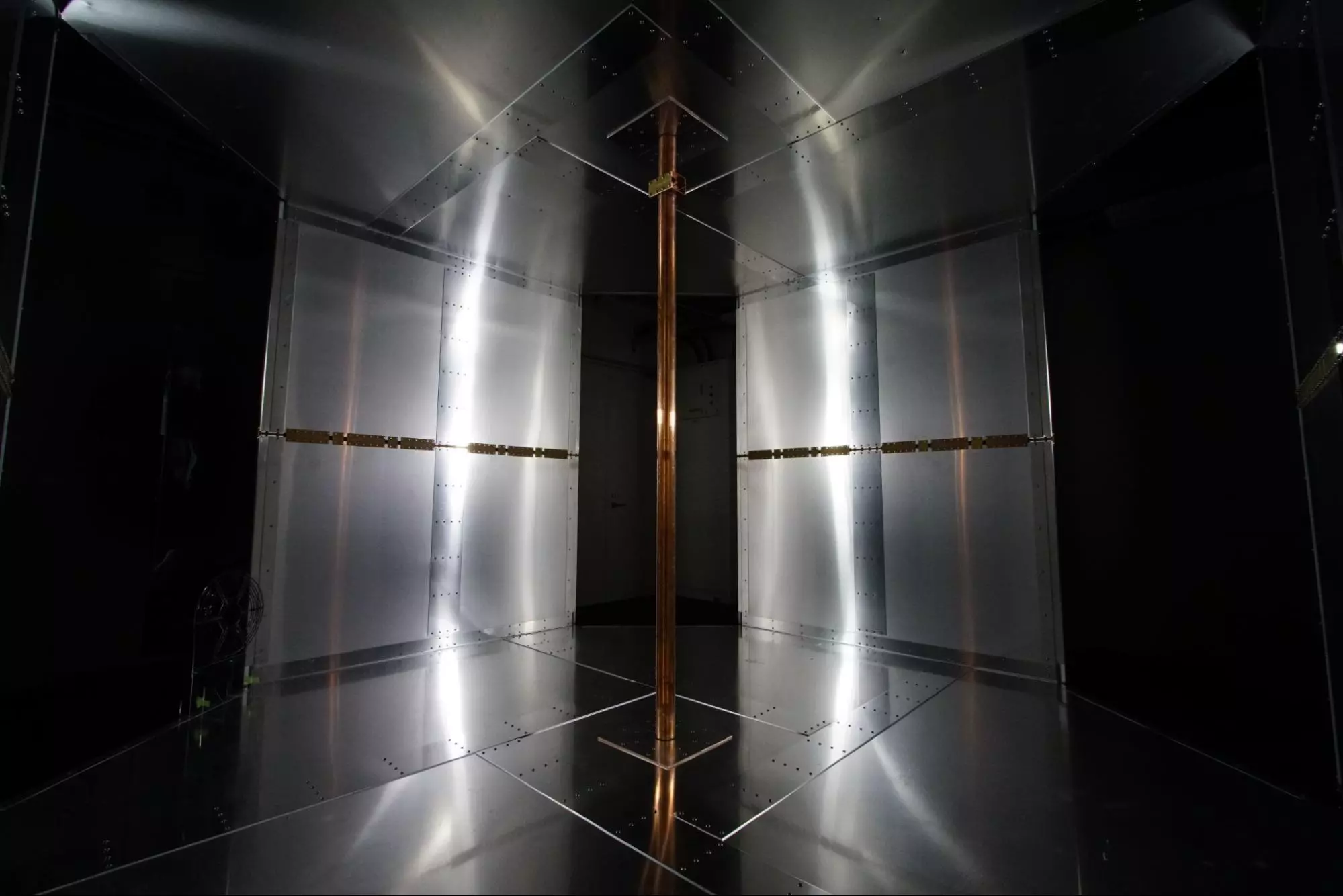Plugging a phone in at night could one day seem quaint – eventually widespread wireless charging could keep our devices juiced up indefinitely. A new breakthrough has been made in that direction, as researchers in Japan have developed a system that can turn a whole room into a wireless charger.
Wireless charging is becoming more common in phones, smartwatches, earbuds and other small electronics. While it’s often marketed as being more convenient than using a cable, that’s not always the case – after all, most of the time the device has to be placed on a specific mat or surface, which makes it harder to use while charging. At least with a wired charger you can still use the device normally, as far as the cord extends.
To properly fulfil the freedom promised by wireless charging, the technology needs a longer range. And in a new study, researchers at the University of Tokyo have created a system that can charge devices anywhere within a room.

The technology is known as multimode quasistatic cavity resonance. Components called lumped capacitors are embedded in cavities in the walls, which themselves are made with conductive surfaces. This projects a three-dimensional magnetic field into the room, while keeping the electric fields trapped inside the capacitors. The magnetic field circulates around a copper pole in the center of the room, both clockwise and counter-clockwise simultaneously, which helps eliminate dead spots. Coil receivers attached to devices like phones and lightbulbs can then pick up this magnetic field to draw energy from them.
The team tested the system in a room measuring 3 x 3 x 2 m (9.8 x 9.8 x 6.6 ft), and found that a power delivery efficiency of at least 50 percent was present in 98 percent of the room volume. Even in the remaining two percent of the room the signal was still pretty good, never dropping below 37 percent. Signals are strongest if the receiver coil is at a right angle to the magnetic field, but it still works if it’s not, and while moving around. Output could be as high as 50 W or more, the team says.
Importantly, the magnetic field patterns within the room were safe for humans, with levels falling well below the guidelines from the Federal Communications Commission and the Institute of Electrical and Electronics Engineers.
This isn’t the first room-scale wireless charging system, but it does seem to iron out some of the problems of previous examples, like that demonstrated by Disney Research in 2017. By having the magnetic field swirl in two directions at once, there are fewer dead zones for coverage in the room, and the team was even able to remove the central copper pole in some setups.

Of course, even if this wireless charging system does prove viable, it’s not likely that the average consumer would want to put up aluminum walls and copper poles in their own homes to build a charging living room. But the team says the tech could be used in smaller spaces like cabinets that charge devices inside them, or for specialty buildings like factories that can power equipment without running cables everywhere.
Consumers might be better off sticking with other prototype devices, like a wall panel that beams microwaves at devices up to 10 m (33 ft) away, or Xiaomi’s Mi Air Charge box, when and if they ever make it to market.
The new study was published in the journal Nature Electronics.
Source: University of Michigan






